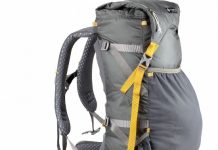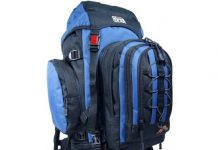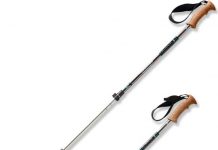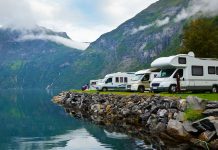Winter camping can be a lot of fun, but only if you are equipped with the important equipment’s and gear as the cold can make the trip difficult for you. With all important things near you, you can surely enjoy your winter camping experience and do a lot more experimentation and fun. Below given is a must have gear list for your having enjoyable winter camping experience.

- Shelter
Shelter is surely the primary and most important gear that you need to carry while going out for camping in the winters. So you will need 2 light weight tents, 1 winter tent stakes and extra guylines. Make sure you carry light weight gear which is easy to carry, pack and assemble.
- Sleep system
The next most important thing that you need to carry is sleeping systems. Depending upon the number of people, you will need to carry sleeping bags, compression sac and down mat with stuff sack with you on your winter camping expedition.
- Hydration systems
So that you don’t dehydrate yourself on your camp, which is generally in a remote location, you will need to make sure you have enough equipment to hydrate yourself. Carry 1 Litre water bottles (as many as you can adjust) and 1 Litre water bottle boots.
- Kitchen stuff
In order to feed yourself on your camping outing, you will need to carry essentials such as white gas stove, fuel bottle, spoons, insulated mugs, cooking pot and other such items.
- Layering
Since it is a winter camp, you will need to carry warm clothing items so that you don’t get ill due to the cold. So carry proper thermal pants, gloves, vests, cap, liner socks, wool socks, 1 jersey and mittens.
- Other essentials
The following is a list of some other essential materials that you will need at a winter camp:
ü Solar powered LED
ü Backpack
ü Swiss army knife
ü Keychain thermometer
ü Mini Biner
ü Small zippered pouch
ü Lip balm
ü Anti-fogger
ü Compass
ü Camera
ü Camera battery
ü Medicines bottle
ü Watch with alarm
ü Silicon earplugs
ü Ice axe
ü Snowshoe
ü Shovel
ü Winter first aid kit
ü Gear repair equipment
ü 2 chemical hand warmers
ü Wetones
ü OTG Goggles
All these items mentioned above must be packed into the smallest and easy to carry backpack so as to avoid the pain of carrying huge luggage.
Photo Credit By:Â sectionhiker.com









